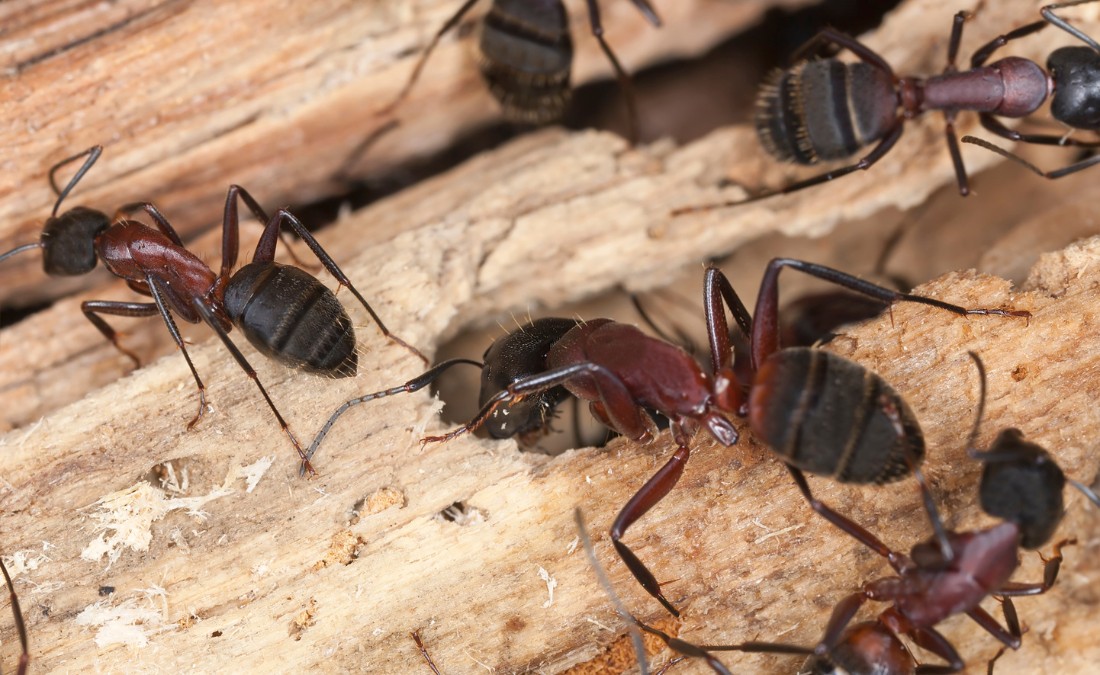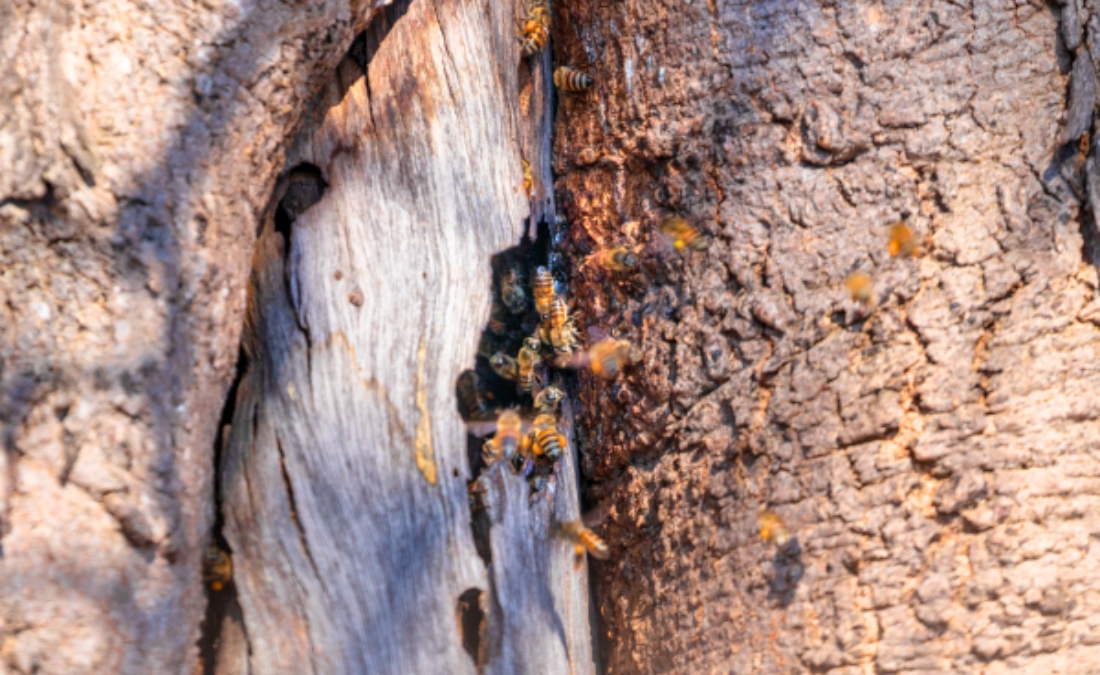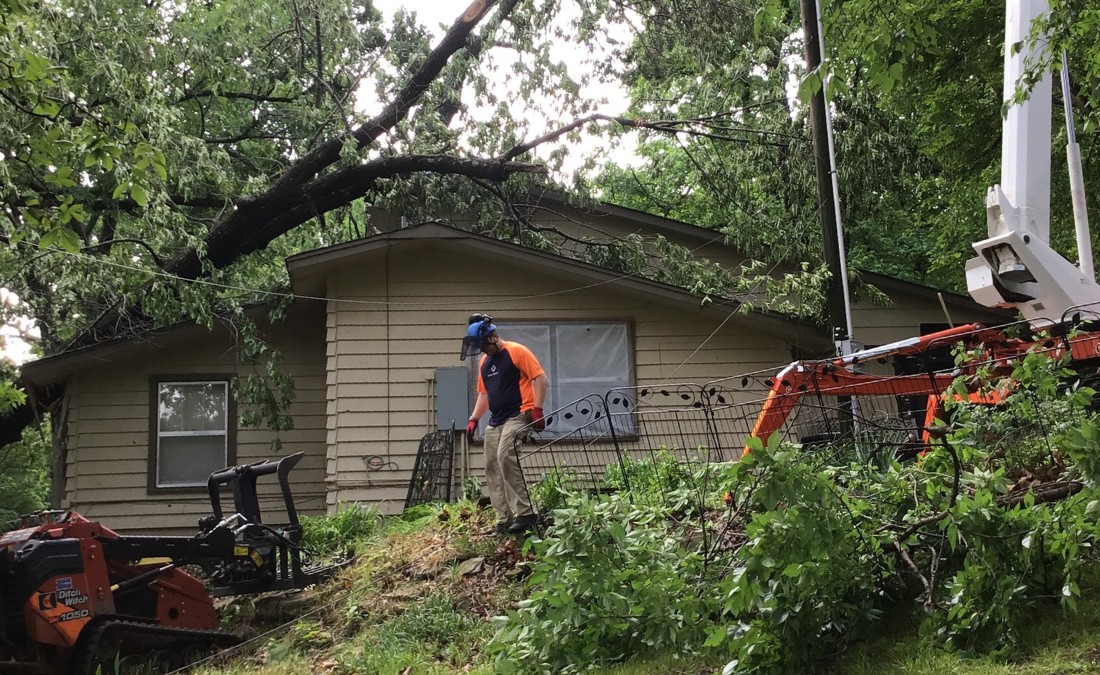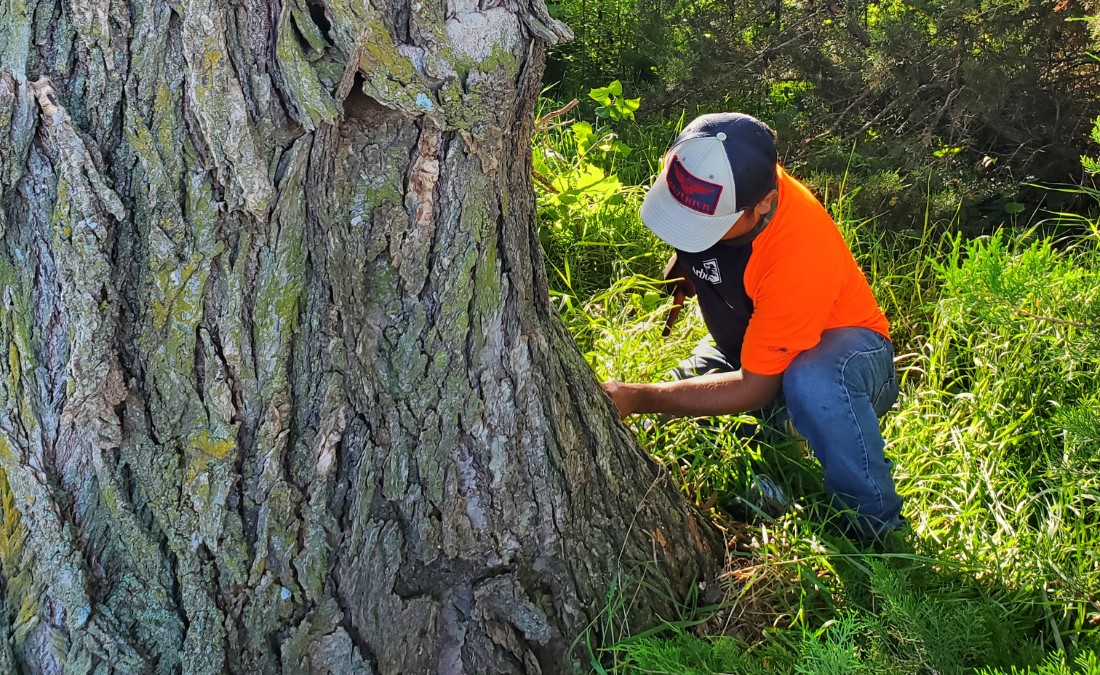Is That Tree Likely to Fail? 7 Questions to Determine Tree Safety in Wichita, KS
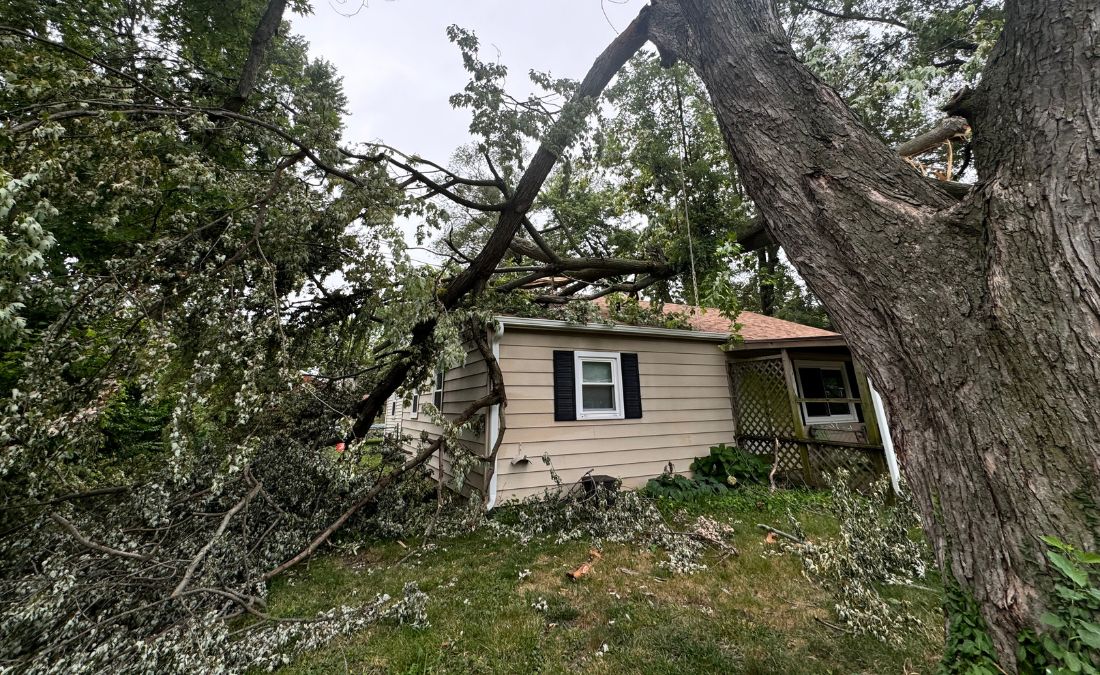
Not sure if a tree on your property is a risk? Ask these 7 questions to determine if it’s time to call an arborist in Wichita, KS for a professional assessment.
A falling tree can cause devastating damage to your Wichita property, making tree safety a top priority. While regular inspections by an arborist are the best defense against tree failure, knowing what to look for can help you spot potential concerns early. Here are seven key questions to consider before calling a professional to assess your trees.
Key Takeaways:
- Wichita’s clay soil conditions make trees particularly vulnerable to leaning and uprooting, especially after periods of heavy rainfall or during drought conditions.
- Regularly inspecting your tree’s trunk, base, roots, and canopy is essential for identifying structural weaknesses before they lead to failure.
- Construction activities can damage root systems extending up to three times beyond the tree’s canopy.
- Certain tree species common in Wichita, including silver maples, Siberian elms, and Bradford pears, are more prone to structural issues and require extra monitoring.
- While removal is the only option for some trees, professionals can save many of them with cabling, bracing, disease control, and proper fertilization.
7 Questions to Ask to Determine if Your Tree Is Safe
Trees add beauty and shade to your Wichita property, but they can also develop structural weaknesses that may go unnoticed without proper care. Even a healthy-looking tree could have underlying issues that put your home and safety at risk. Instead of waiting for a storm to expose a problem, take a proactive approach by having your trees assessed early.
When inspecting the trees on your property, ask yourself these questions.
1. Is my tree leaning more than it usually does?
Trees may have a slight natural lean that develops over time, but a properly planted and healthy tree shouldn’t lean more than a few degrees from vertical. When this leaning goes to anything more than 10 degrees from vertical, it could signify a serious problem and a dangerous tree.
Wichita trees are often more prone to leaning than those in other areas of the country because residents typically have clay soil. This soil makes it difficult for a tree to establish its roots, especially when it becomes compacted.
Additionally, clay soil tends to retain moisture, which can cause leaning trees. Wichita sees plenty of rain throughout the year (even breaking records for rainfall in the area in 2024). The moisture will cause the ground to swell and can lead to your tree uprooting.
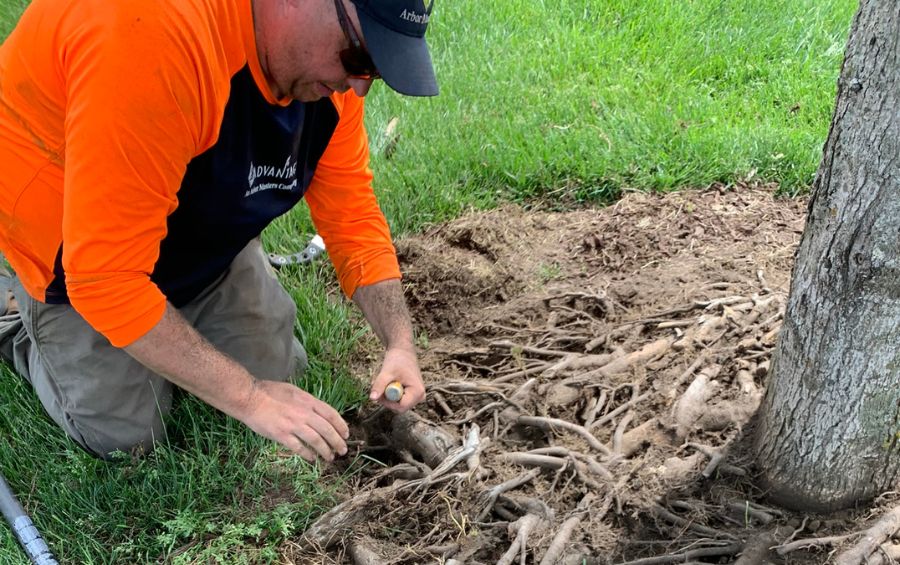
Exposed roots are one of many things to look for at the base of your tree.
2. Are there any odd developments at the base of my tree?
The base of your tree can also signal problems. Warning signs at the base include:
- Check for exposed or damaged roots
- Look for fungi growth, which may indicate disease
- Examine soil condition – both cracking and waterlogging can destabilize trees
3. Is there anything out of the ordinary with the tree’s trunk?
A tree’s trunk can also tell you a lot about the tree’s condition. Key indicators to be aware of include:
- Cracks: Deep cracks that split inner wood often indicate sunscald damage and a dangerous tree.
- Peeling Bark: A tree losing its bark should be a cause for concern. Bark protects the tree from external threats.
- Holes in the Trunk: Small holes in the trunk could indicate the presence of a boring insect, such as the emerald ash borer.
4. What’s going on in the tree’s canopy?
Observing the canopy can be an easy way to identify potential problems with your tree. The leaves in the canopy are responsible for photosynthesis and supply nutrients to the rest of the tree. Too much damage in the canopy can make the entire tree unhealthy and dangerous.
Key indicators of problems in the canopy include:
- Dead branches
- Large sections of the canopy that appear dead
- Discolored leaves
- Leaves dropping before fall
- Broken branches from storms
5. What else is around the tree?
We don’t consider a tree a safety risk unless it has a target it could potentially damage. Examine the area around your tree and look for anything nearby that could suffer damage. Some problematic places for them to be include:
- · Near your home’s foundation
- · Proximity to power lines
- · Close to any lawn furniture or pools
- · Near your neighbor’s property (especially in historic districts like College Hill or Riverside)
6. Have we done any recent construction in the yard?
Construction activities often harm trees in ways that aren’t immediately obvious since root systems extend far beyond what’s visible above ground. A tree’s root system is much larger than you would expect (sometimes up to three times the canopy’s spread), so even if you think you’re far enough away that you can’t harm the roots, that’s often not the case.
Construction can harm them in a few ways, including:
- Compacting Soil: Foot and vehicle traffic can tamp down and compact your soil. This is especially common in the clay soil of Wichita. Compacted soil limits the root’s ability to spread and can lead to an unbalanced tree.
- Severing Roots: Any digging or trenching done during construction can cut roots. Cutting too many of a tree’s roots will prevent it from anchoring itself in the ground.
- Mechanical Damage: Equipment can harm the tree’s trunk or break branches from the canopy.
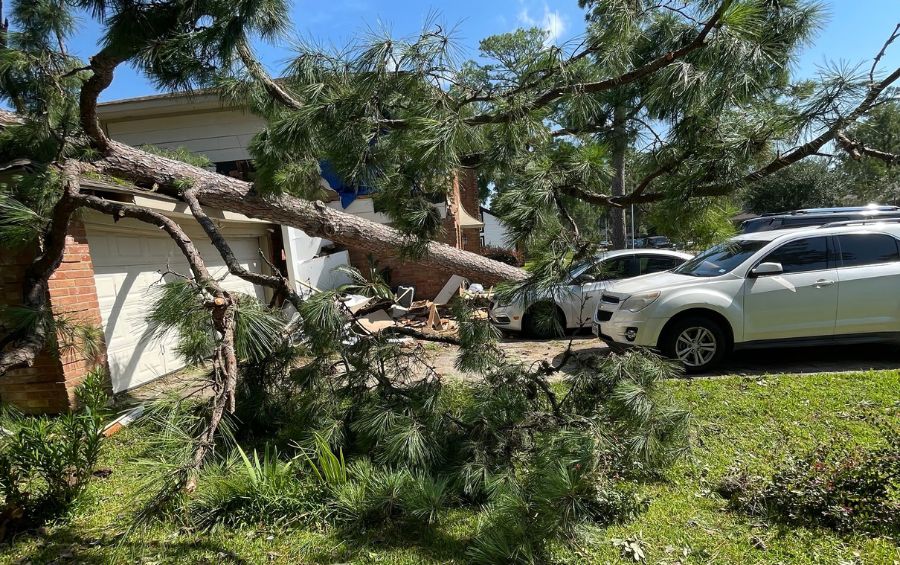
7. Has there been any recent extreme weather?
In Wichita, we face threats from extreme weather, including rain storms, tornadoes, and heavy snow. All of these can potentially damage your tree and leave it more susceptible to future damage from a subsequent storm.
During your inspection, keep the recent weather in mind. If there has been a lot of rainfall, check the soil for signs of compaction. If it has been windy the past few days, look for signs of broken branches in the canopy.
What to Do When You Notice Something Wrong with Your Trees
Now that you know the questions to ask and what to look for, you’re probably wondering what to do if you notice something wrong. Your first instinct may be to try to remove the tree yourself or have the first company you can find take the tree down.
Before making a decision, have an ISA Certified Arborist examine your tree. They can assess its condition, recommend preservation techniques if possible, or advise if removal is necessary. With an expert’s guidance, you can take the right steps to ensure your property remains safe.
Frequently Asked Questions About Dangerous Trees
Many homeowners are concerned about tree safety and often ask how to identify potential risks. To help, we’ve compiled answers to the most common questions about assessing and addressing trees with structural issues.
How often should I have an arborist inspect my trees?
Ideally, you should have an arborist check your trees once a year. However, for most trees, an inspection every two to three years is usually enough. If you have a tree that’s had issues in the past – like storm damage or disease – getting it checked annually is the best way to catch problems early and keep it safe.
Is it possible to save a dangerous tree?
Yes, it is possible to save some dangerous trees. We offer services like cabling and bracing, insect and disease control, fertilization, and other tree preservation services to save trees.
What should I do if my neighbor’s tree looks dangerous?
Talk with your neighbor about the danger and present photographs of dangerous elements. Ask them to speak with an arborist for further recommendations on what to do about the tree.
What common tree species in Wichita are prone to becoming dangerous?
Some common tree species in Wichita that are more prone to becoming dangerous include silver maples, Siberian elms, and Bradford pears. Avoid planting any of these in your yard.

Trust Arbor Masters to Assess Your Trees and Provide the Best Solution
When it comes to tree safety, don’t wait until it’s too late. If your inspection has raised concerns, let our ISA Certified Arborists evaluate your trees and provide expert guidance. We’ve helped thousands of Wichita homeowners protect their properties through both preservation and removal services.
As your local tree care experts, we understand how Wichita’s unique climate and soil conditions affect our urban forest. Take the first step in protecting your property. Call us today at 316-838-3111 or request a quote online to schedule an evaluation with one of our Certified Arborists.
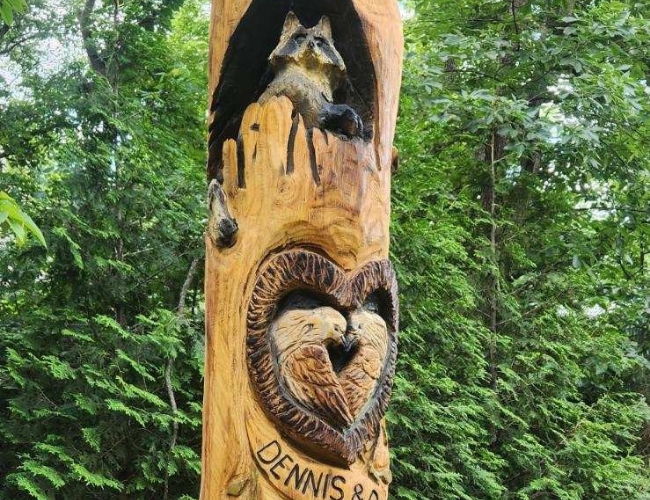
Want More Like This?
Get the latest local news, tree care tips, special offers, and company updates directly to your inbox! It's easy to subscribe and there's no spam - we promise.
"*" indicates required fields

